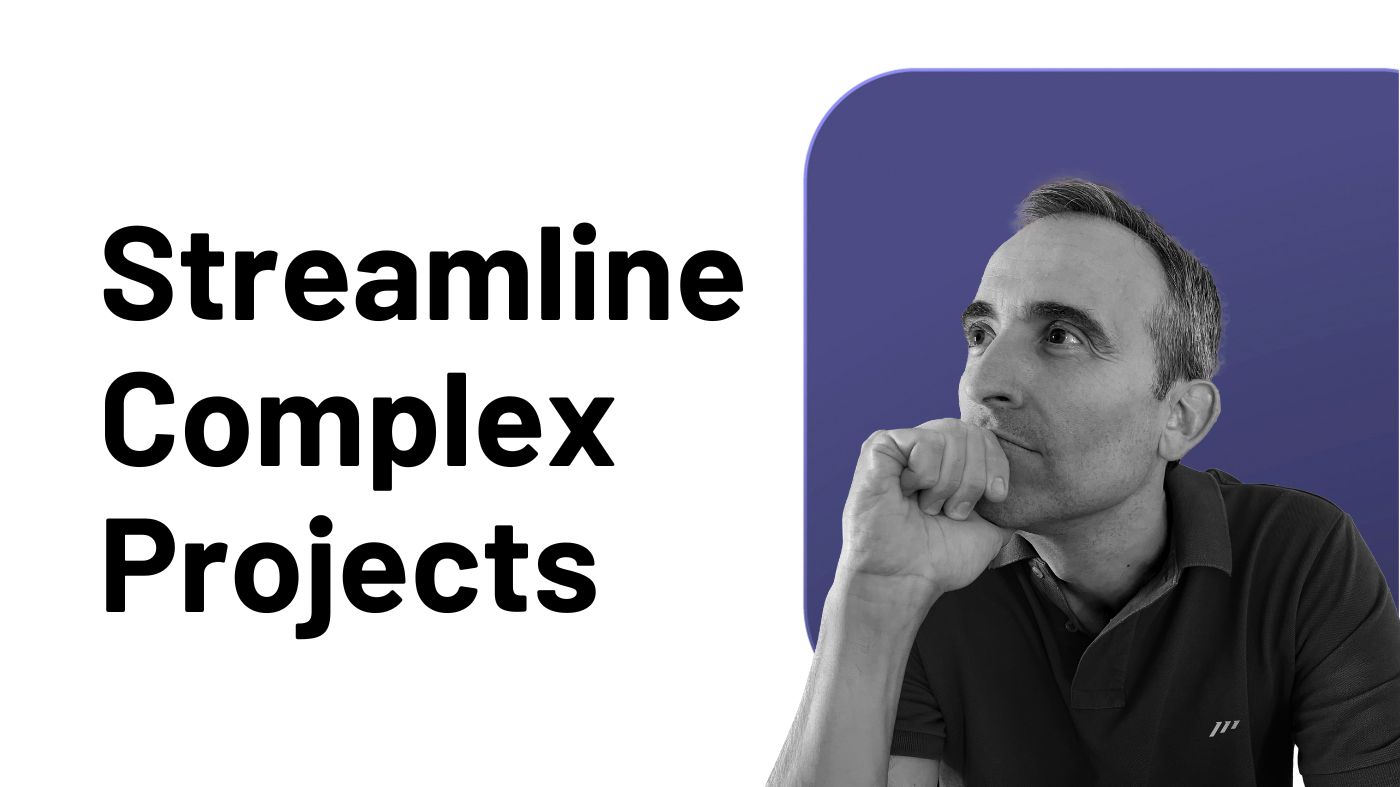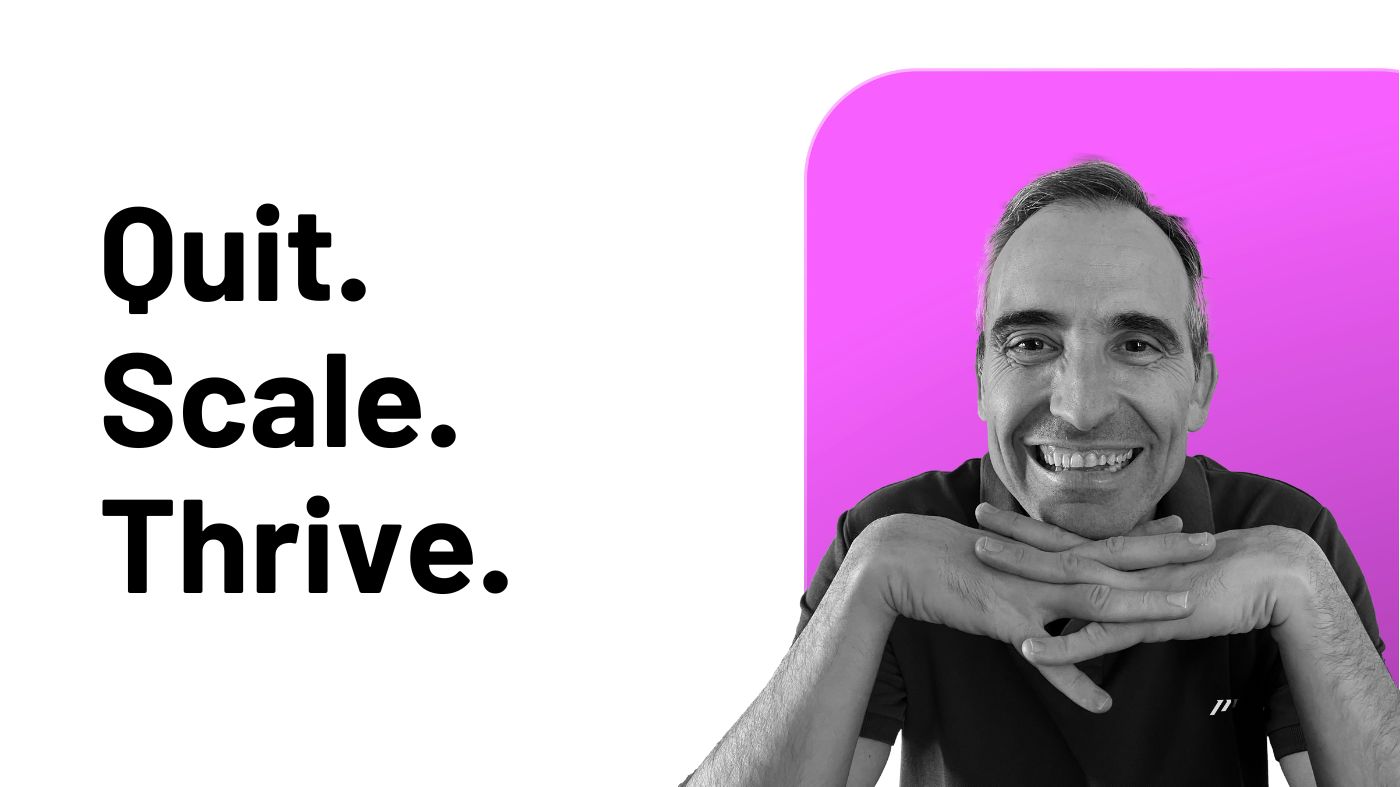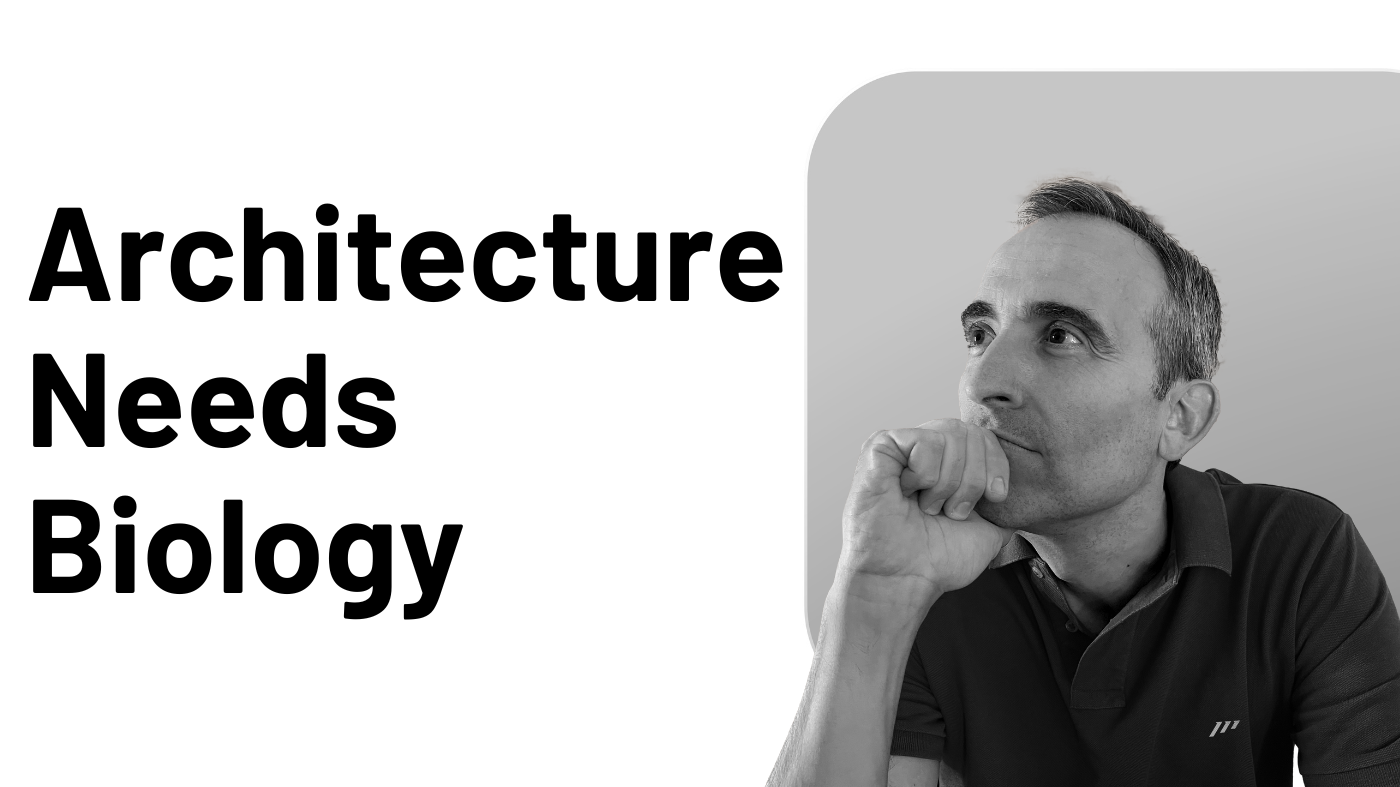One of my businesses is a global marketing agency where we deliver everything a company could need in the realm of marketing: strategy, consulting, branding, online/offline campaigns, and even marketing below the line.
What’s “below the line”?
To simplify it, think on events. Massive, complex projects where every detail, from concept to execution, is on us. We create, design, and develop these from scratch for some of the biggest corporations out there.
In this article, I’m pulling back the curtain on one of these projects.
Why?
Because it’s a perfect example of how I approach Project Management; breaking down the core principles you need to master when tackling challenging projects.
You’ll see how this approach not only drives results but also highlights how ICOR®, the productivity methodology we’ve developed at the Paperless Movement®, equips you with a productivity system end to end to handle any project and deliver success.
If deadlines, dependencies, priorities, or simply getting organized feel like a constant uphill battle, you’re in the right place.
Let’s dive in!
Inside the Making of a Global Shareholders Event: A Project Management Powerhouse
Let’s set the stage by breaking down the key characteristics of this project so you can grasp the scale of what we’re dealing with:
-
The Event: It’s the annual shareholders meeting of a major corporation.
-
High Stakes: This is the flagship event for the company. It’s public, high-profile, and must be flawless.
-
Non-Negotiable Deadline: The date is immovable. Delays or missed milestones are not an option with so many moving parts at stake.
-
Global Reach: It’s a live event for 1,000 attendees, broadcast worldwide via live streaming for a multinational audience.
-
Massive Workforce: Approximately 500 people are on-site the day of the event (all managed by us).
-
Timeline: Planning and preparation are condensed into just two months.
Here’s where it gets intense: We manage everything. From hiring 15+ suppliers to coordinating countless details, including:
-
Staging (carpenters, painters, lettering).
-
Audiovisuals (sound, lighting).
-
Electricity, generators, and logistics.
-
Carpeting, furniture, security, and guest management.
-
VIP protocols, accreditations, and catering.
-
Permissions, insurances, and press relations.
-
Truck logistics for large-scale transport.
-
Video recording and global live streaming.
-
…
It’s a massive, high-pressure project where every detail matters—and every potential obstacle must be accounted for.
The Power of Big Milestones: Driving Projects to Success
Our approach starts by defining the Big Milestones: the key deliverables and outcomes that must be completed by specific dates.
Big Milestones aren’t just arbitrary checkpoints; they are how we establish dependencies. But let me clarify: dependencies aren’t about creating a sprawling Gantt chart to show that Task A relies on Task B.
Why? Because the moment a single task gets delayed, you’ll waste precious time reworking the entire plan. And we’re not here for that.
Our focus is on execution; delivering exactly what the client hired us for. Period.
“Plans are nothing; planning is everything.” — Dwight D. Eisenhower
Here’s how we make it happen.
We begin with a meeting that includes every supplier involved in the project. Together, we define the Big Milestones and their deadlines, ensuring full alignment and commitment.
Examples of Big Milestones:
– Client approval of stage design by Date X.
– Production of stage elements completed by Date Y.
– Assembly begins on Date Z.
– Testing finalized on Date W.
By anchoring our project around these fixed dates, we force dependencies to align naturally. These deadlines create the urgency and accountability needed to ensure everything is ready on time.
But we don’t stop there. After setting the Big Milestones, we map out the main tasks and estimate their durations. This quick analysis shows us whether the timeline is realistic.
We push hard—but not recklessly. There’s a fine balance between setting ambitious deadlines and ensuring they’re achievable. With a clear, non-negotiable deadline in place, we’ve never failed to deliver.
This isn’t a solo effort either. The process of defining Big Milestones, deadlines, and key tasks involves deep collaboration within our team and with every supplier. We deliberate, refine, and finalize together.
The result?
A shared agreement and full commitment from everyone, including the client.
From Planning to Execution: The Weekly System That Keeps Us Always on Track
Once we secure commitment on the Big Milestones, the big planning phase is done. It’s time to switch to “Execution Mode.”
“Execution Mode” isn’t just about getting things done; it’s about breaking tasks into manageable pieces and planning on a simpler, more dynamic level.
To make this work, we rely on a weekly meeting focused entirely on the week’s accomplishments (Weekly Goals).
We push to get as much done as possible, but always within the limits of what’s achievable. It’s about working hard without burning out.
“It’s not the load that breaks you down, it’s the way you carry it.” — Lou Holtz
Each weekly meeting mirrors the structure of the initial Big Milestone planning session. We leave with clear conclusions, firm commitments, and assigned responsibilities. Everyone knows exactly what’s expected, who’s in charge, and when things need to be delivered.
These meetings are also essential for identifying risks, handling the inevitable surprises that pop up, and addressing new client requirements or changes.
This weekly rhythm blends the principles of Project Management with the realities of real-world execution. It’s a dynamic system that keeps us agile, focused, and prepared for anything.
Why Common Sense Drives Team Success
I’ve always relied on common sense in life and work.
I need to make sense of my thoughts and actions, and the same principle applies to the team. Everyone must understand what we’re discussing, the agreements we’ve made, and the purpose behind our daily actions.
Take the classic “stand-up meeting” as an example. If the team doesn’t understand why they’re standing every morning to talk about their tasks, it’s better to skip it entirely.
That’s why we don’t do stand-ups…
“Common sense is genius dressed in its working clothes.” — Ralph Waldo Emerson
Instead, we rely on:
-
Weekly meetings that drive focused progress.
-
A Project Management system that provides real-time information.
-
A Team Communication system that supports asynchronous communication but ensures synchronous clarity when needed.
-
Trust within the team, built on constant connection. Everyone feels part of a group, a tribe moving toward the same goal.
For us, our Big Milestones, deadlines, and weekly meetings make perfect sense; not just to the team but also to the client.
Everyone is aligned. Nothing needs overexplaining because it’s inherently understood, whether you’re a manager, a stewardess, or a designer.
It’s second nature. It’s natural. And it works.
“Good communication is the bridge between confusion and clarity.” – Nat Turner
The key is the alignment between big goals or milestones and daily actions. This connection isn’t just important: it’s essential. It’s what gives meaning to the team’s daily work.
Your Project Management system should constantly reflect this alignment. It should make it easy to see how every task, big or small, contributes to the larger mission.
The Formula for Project Success: Simple, Practical, Proven
Here’s the approach, broken down:
-
Big Milestones to see the full picture and set non-negotiable deadlines (red lines) we absolutely cannot miss.
-
Weekly meetings to fine-tune the plan and commit to Weekly Goals; ambitious yet achievable.
-
Fast and efficient communication channels to ensure everyone stays informed, no matter what’s happening.
-
Common sense, because no one should waste time memorizing details or doing things that feel pointless or inefficient.
“Execution is the ability to mesh strategy with reality, align people with goals, and achieve the promised results.” — Lawrence Bossidy
This approach has allowed us to deliver this event for 13 consecutive years, navigating every imaginable obstacle; even a global pandemic (COVID).
The results speak for themselves. This isn’t some unattainable methodology. It’s simple, easy to understand, and just as easy to implement.
We’re not extraordinary or doing anything revolutionary. We just apply common sense as a team, and you can do the same.
So, if it worked for us, why wouldn’t it work for you?




